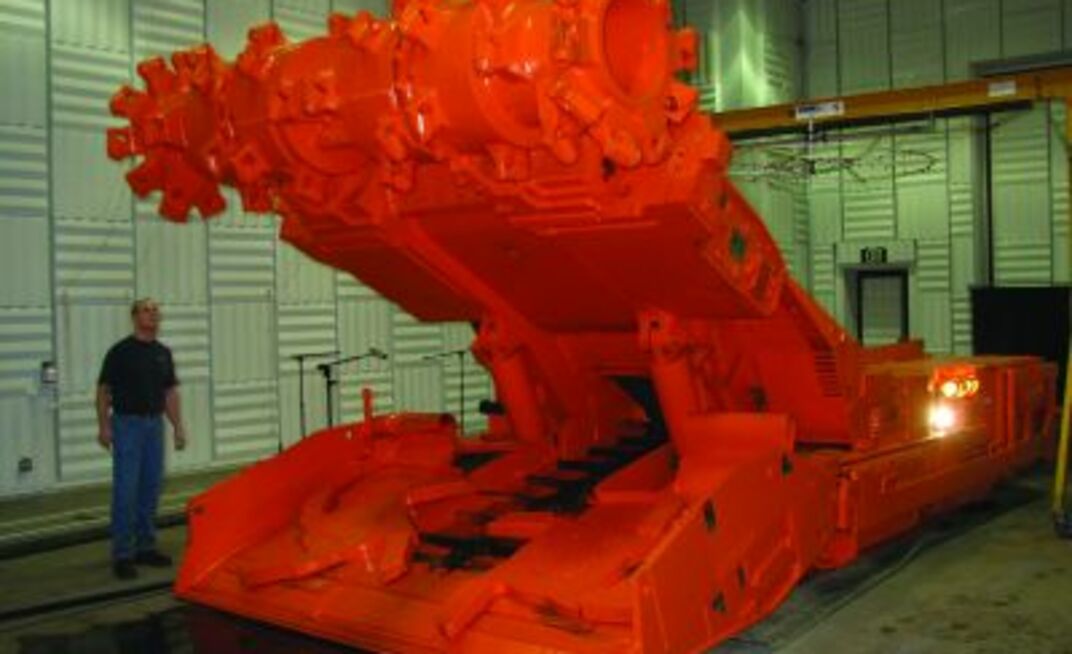Published in September 2008 Australian Longwall Magazine
Australian Longwall Magazine spoke with RJ Matetic, the chief of the agency’s hearing loss prevention branch, about some of his team’s findings, as well as up-and-coming technologies.
Significant discoveries in the NIOSH research were found in the compilation of several thousand audiograms completed on working miners that were compared to a non-exposed population reported in the ANSI S3.44 standard document.
By age 60, the approximate age of a worker’s retirement, more than 75% of coal and metal/non-metal miners were hearing impaired compared to just 12% of non-exposed individuals.
“[It’s] a widespread illness in the mining industry,” Matetic noted. The epidemic was large enough to secure the attention of federal regulators, who in 1999 introduced legislation that requires the use of all “feasible engineering and administrative controls” to reduce noise exposure.
In addition, hearing protection can no longer be factored into legal measurements of exposure.
Following NIOSH protocol that controls should be prioritised by engineering controls, administrative controls, and then personal protective equipment, the research team identified several machines used underground that impact hearing over time.
“In the coal sector, 65 per cent of the operators who are overexposed to noise operate one of seven machines,” Matetic said.
He noted that continuous mining machines contributed to the highest percentage of hearing loss in underground mining, at 23%. Roof bolting machines take second place, with the two making up a total percentage of more than 33%.
At the NIOSH Pittsburgh Research Laboratory in Pennsylvania, the group examined a Joy continuous mining machine and found the three main noise sources on the unit are the conveyor, scrubber fan and cutting head.
Looking at the conveyor portion of the CM unit, the group worked with industry suppliers on urethane-coated flight bars that reduce conveyor system noise. Chain testing underground resulted in sound level reductions of 7dB(A) at the operator position of the machine.
NIOSH has also collaborated with industry in the development and commercialisation of a dual-sprocket chain to reduce noise on CM conveyors. Underground results show a 2dB(A) reduction at the operator position of the machine.
In the meantime, the researchers continue to work on several other controls that are in development, including a treated scrubber fan and a coated tail roller, as well as a chuck isolator, bit isolator and damped steel drill for roof bolting machines.
The researchers found the bolting machine also had high noise sources at the top of the drill steel and at the chuck of the machine. They tested a collapsible drill steel enclosure at various settings and found that its installation prevented potentially damaging sounds from entering the user’s ear during the drilling process.
In fact, the noise dose underground was reduced by as much as 137% by using the collapsible drill steel enclosure.
One significant development that Matetic and the research group are looking forward to making commercially available is the QuickFit earplug tester. NIOSH is in discussions with suppliers to manufacture the units, which can be placed over a user’s plugged ear to check for plug effectiveness and correct fit.
The QuickFit will play a 1000-Hz noise band test signal that can be boosted by 15dB by pushing a button. “If the boosted signal can be heard through the earplug, then the user is not getting enough protection and should refit the earplug,” the researchers explained.
Another option to the physical unit, he noted, is the online QuickFitWeb program available on NIOSH’s web site to check earplug or earmuff fit.
























